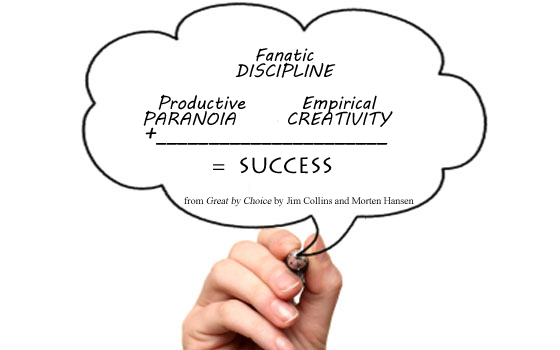 This is a topic often discussed amongst my Vistage members. Some want to grow, others like the idea of maintaining a controllable size. There is no one-size-fits-all answer. What I do know is that businesses are organic, and therefore static is not sustainable. We’ve all seen businesses disappear over time when the owner was not engaged, unaware of changes in the industry, lost a key employee, a new competitor entered the market with a game changing idea, etc.
This is a topic often discussed amongst my Vistage members. Some want to grow, others like the idea of maintaining a controllable size. There is no one-size-fits-all answer. What I do know is that businesses are organic, and therefore static is not sustainable. We’ve all seen businesses disappear over time when the owner was not engaged, unaware of changes in the industry, lost a key employee, a new competitor entered the market with a game changing idea, etc.
If you accept that static is not sustainable, what to do?
If you find that you like the entrepreneur culture, with everyone playing a part in the business, be intentional about it. While you may not want fast growth or a large company, a business has no choice but to continue to evolve and grow, even if it is at a steady pace. If you are in this place, here are my questions for you:
- Do you have a diversified client base?
- If not, what steps are you taking to diversify and reduce this risk?
- Where is your business and your product(s) in the business life cycle? If you are in a mature industry, with mature products, what is your “digital camera” and what are you doing about it? see March 11, 2012 blog, Innovation vs Discipline: Kodak vs Fuji
If, on the other hand, you have the opportunity to scale and want to, be intentional about that as well. The challenge for many entrepreneurs who want to grow is making that transformation from an “entrepreneur culture” to a professionally managed culture. If you are an owner with a growth plan, here are your questions:
- Do you want to be the CEO of a professionally managed company? Does the thought give you energy and play to your genius?
- If you would rather leave the management to someone else, is there someone on your team that could be your COO?
- Are you open to accepting that your business is going to change and some of the people will have to change as well?
- Are you willing to invest the time and the money to get there?
Whichever path you choose, make it an intentional one.











 The initial results of my Pivot are excellent. I feel I have much greater clarity regarding the next 3-5 years..
The initial results of my Pivot are excellent. I feel I have much greater clarity regarding the next 3-5 years.. 